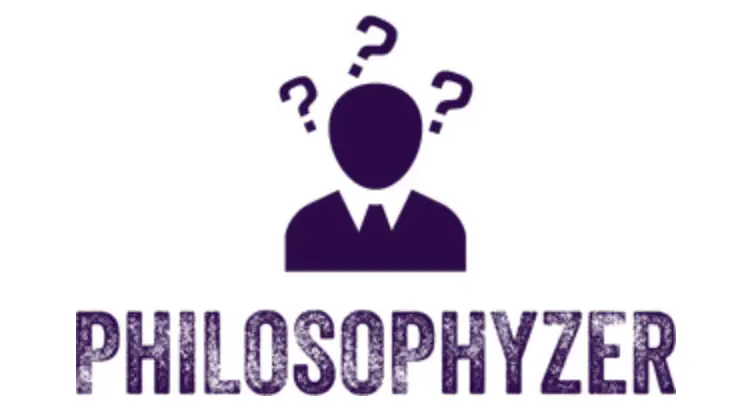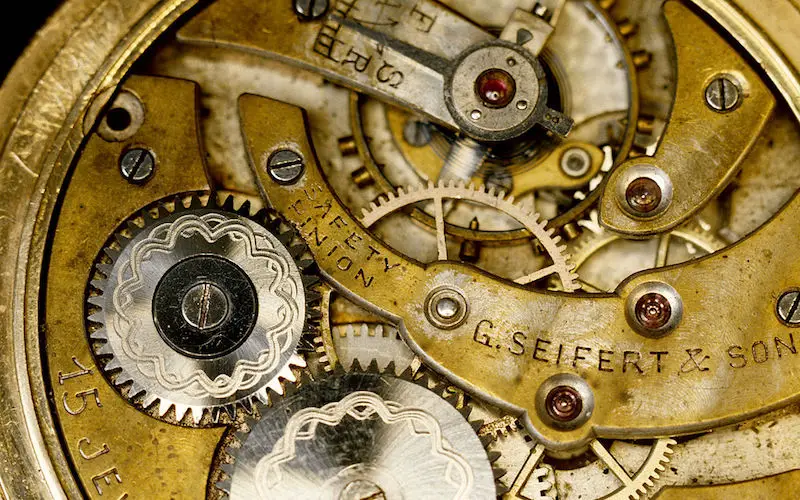The teleological argument for the existence of God (also known as the Design argument) moves from the world which shows evidence of intelligible order to divine intelligence as the source of that order.
The idea in some form goes back to the ancient world. Plato, for example, in ancient Greece, argued that the universe does not make sense apart from mind which moves and orders it. The argument really flourished in the 17th and 18th centuries when the development of the descriptive sciences especially zoology, botany, astronomy and anatomy enabled the teleologists to illustrate their arguments with hundreds of examples of design.
Two main types of Teleological Argument for the Existence of God
There are two ways of arguing for the existence of design in the world:
i) in the 18th and 19th centuries in particular the most popular way of arguing for design was to try to show an analogy between naturals production and human production. The principle used was ‘like causes produce like effects”. If we could show some kind of similarity between a man-made object and the natural world, and we know that the man-made object is the product of planning, we could infer that the same is true of the natural world;
ii) another way of arguing is to claim that there are phenomena in the natural world whose existence cannot be accounted for by the laws governing the behaviour of matter.
Critique of the Teleological Argument for God – David Hume
The most famous critic of the design argument is the Scottish philosopher, David Hume (1711-1776). In his book, Dialogues Concerning Natural: Religion, Hume writes fictional conversations between Philo (representing Hume’s own views) and Cleanthes (opposing Hume’s views, except where he agrees with Hume occasionally).

Paley’s Teleological Argument for God
The first way of arguing the Teleological Argument for God (see i above) can be illustrated by the words of Cleanthes and the writer William Paley.
Cleanthes tells us that when we think about the natural world, we find that it is a vast machine comprising infinitely many lesser machines and these in turn can be sub-divided. He continues:
‘All these various machines, and even their most minute parts are adjusted to each other…The curious adapting of means to ends, throughout all nature, resembles exactly, though it much exceeds the production of human contrivance; of human designs, thought, wisdom and intelligence. Since therefore the effects resemble each other, we are led to infer by all rules of analogy, that the causes also resemble; and that the author of nature is somewhat similar to the mind of man; though possessed of much larger faculties, proportioned to the grandeur of the work, which he has executed. By this argument a posteriori and by this argument alone, do we prove at once the existence of a deity, and his similarity to the human mind and intelligence.’ Paley
Cleanthes also tells us that in works of human contrivance, we see a symmetry of parts and discover adjustment of means to ends, and a tendency to self-preservation.
This is also to be found in the natural world, so, by analogy we infer a similar cause. We can see then that it is important how parts of machines are adjusted to one another in such a way as to make the whole fit for a purpose and give it a tendency to self-preservation.
This same way of reasoning for design is found in the writings of William Paley, especially in his Natural Theology or Evidences of the Existence and Attributes of Deity collected from the Appearances of Nature (1802).
Imagine, says Paley, someone is walking across the heath and finds a watch. Six points could be made about this discovery:
i) The watch itself convinces us that it is a product of intelligence. The fact that we have never seen a watch being made does not weaken our inference.
ii) It is still a work of intelligence even if the watch does not work perfectly.
iii) This applies even if there are parts in it which we don’t understand
iv) No one in their senses could think the watch had been accounted for by being told it was one of several possible combinations.
v) No one would be convinced that the watch was a product of chance.
vi) If the watch included a mechanism for manufacturing further watches, this would not counter our inference to an original watchmaker; it would probably increase our admiration.
Paley then applied his analogy directly to the world. Every example of design, which existed in the watch, exists in the works of nature. Paley provided detailed cases: e.g There is precisely the same proof that the eye was made for vision, as there is that the telescope was made for assisting it.
Hume’s nine objections of Hume have caused religious philosophers to hesitate before putting forward the kind of design argument we find in Cleanthes (Hume’s fictional character) and william Paley’s writings. Consequently, the modern defenders of the teleological, argument tend to argue for it in what we earlier called the way (ii).
Richard Swinburne
Richard Swinburne has defined the design argument drawing attention to the regularities of events governed by what we call the laws of nature. We can, for example, accept the basic laws of atomic physics as brute facts or explain them in terms of personal and rational agency. The latter choice is to be preferred because, Swinburne arques, the regularities in the natural world follow the pattern of regularity set up by human agency. It is doubtful, however whether this view would carry much weight for sceptics reared.
On the legacy of Hume
The latter would argue, that it is possible to assume a naturalistic explanation of the so-called regularities of the natural world. It is projection’ of the human mind to compare these regularities with those ‘regular’ human experience.
What then can we say finally about the force of the design argument?
We could say that it does not prove the existence of God, but rather poses a question which either has no answer or has God as its answer. It establishes the possibility of God by drawing attention to a mysteriousness which only theism could finally resolve or so the advocates would argue. Although the argument itself is logical, the human response to the complex order of the world expressed in the design argument continues as strongly as ever. The argument can, therefore, be seen as a restatement of a basic religious attitude of wonder rather than an attempt to prove God’s existence.
That is to say, the teleological argument for the existence of God has religious value to those who believe already but not a coercive force as a logical proof for those who are sceptical about the existence of God.
You might also like to read All you need to know about the design argument.


1 thought on “Teleological Argument for the existence of God”